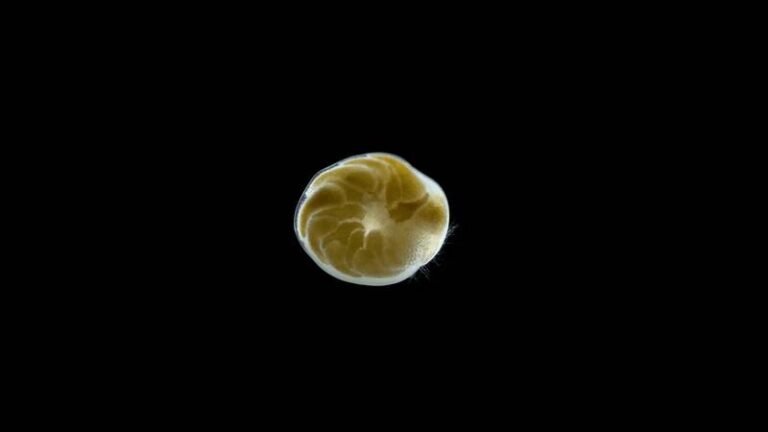The Impact of Ocean Acidification on Marine Ecosystems
This week, Sonardyne made an exciting announcement regarding the integration of its CONTROS HydroC dissolved CO2 sensor into its Origin 600 Acoustic Doppler Current Profiler. This innovative development aims to revolutionize ocean acidification research by providing real-time monitoring of dissolved carbon dioxide levels alongside detailed current profiling.
Why is this development significant? The oceans play a crucial role in absorbing atmospheric CO2, but the increasing levels of CO2 have led to ocean acidification. This phenomenon has far-reaching consequences for marine ecosystems, including detrimental effects on biodiversity and food production from shellfish aquaculture and fisheries.
The latest report from the World Meteorological Organization highlighted the ongoing acidification of the ocean surface, with the most significant decreases in pH observed in various regions across the globe. Projections indicate that ocean acidification will continue to worsen in the coming century, with irreversible changes in deep-ocean pH on long time scales.
To better understand ocean acidification, new research techniques are being developed, such as the use of nuclear and isotopic techniques by the International Atomic Energy Agency’s environmental laboratories in Monaco. Additionally, a recent study in Evolving Earth reviewed proxy measures from the fossil record to gain insights into past ocean acidification events.
The researchers emphasize the urgency of ocean acidification research, highlighting the dangerous consequences of past acidification events on marine biodiversity. This current acidification event has been likened to an “evil twin,” underscoring the severity of the situation.
As we continue to explore and monitor ocean acidification, advancements in technology, such as the integration of sensors into current profilers, will play a crucial role in enhancing our understanding of this critical issue and its implications for marine ecosystems.

